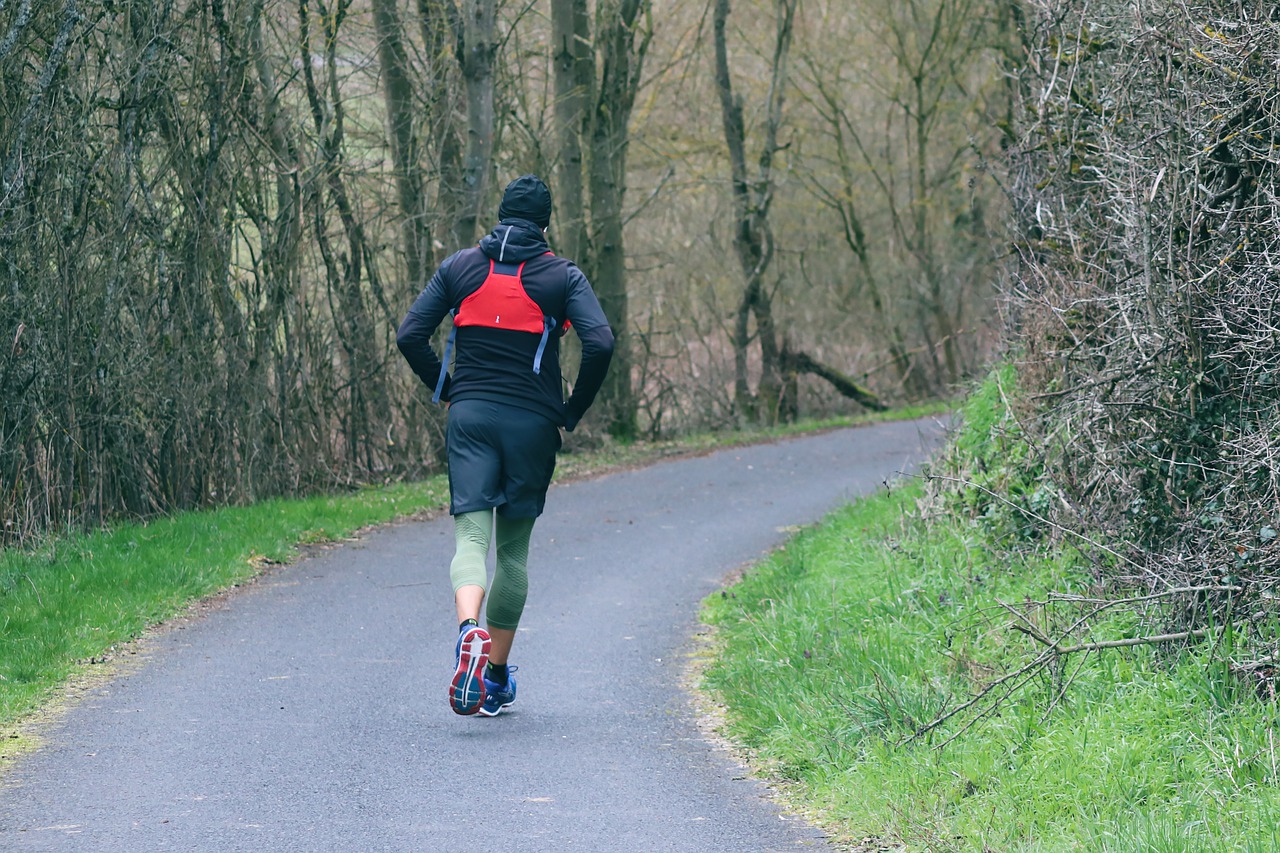During marathon training the long runs are almost certainly the hardest part of your training week, and they can leave you with the question of whether you can step up the pace on race day. Here we’ll explore what makes you faster for the 26.2 miles than you might expect.
Cumulative fatigue
Whether you’re doing a 12 or 16-week training block you’ll be racking up a lot of miles on your way to the marathon. This takes its toll on your body and mind, meaning actual and perceived effort is harder than it would be for the same pace on race day. Your final weeks in particular will also likely be your highest overall mileage weeks, meaning you’re as tired as you’re going to be before your last long run.
Tapering
In the last 2-3 weeks of your training block you’ll head into a taper, where you ease off training, ideally by reducing the overall volume of training rather than the intensity. This means your body and mind get a chance to recover and reap the benefits of the months of hard work you’ve put in up to this point. As a result, perceived and physical effort will be lower for the same paces you’ve been running in your long runs, i.e. you can run the same pace more easily or a faster pace with the same effort.
Sleep
If you’re like most runners, especially when training for an Autumn marathon, many of your long runs will have been very early in the morning on a weekend, so you’re potentially losing 2-3 hours of sleep per week from that one run alone.
Whilst nerves can kick in as the race draws near, with less training to do you can perhaps sleep in a little longer or get an earlier night. Ensuring you’re well rested is one of the best things you can do for running performance both in the short and long term.
Hydration
Hydration, of course, is another big influencer of optimal athletic performance with 1% dehydration (1% loss of total body weight from fluid) resulting in lowered performance.
Although you may well pay close attention to how much fluid you drink on training runs, a lot of people don’t drink enough still on those runs and in general, but with the reduced training load meaning less sweating, and a clear event to ensure you drink plenty for, it’s easier to be better hydrated on race day than you might be on your long runs.
Hydration packs
Speaking of hydration, you might have been completing long runs with a hydration pack or vest which will have been weighing (and slowing) you down a fair bit. Think how much lighter you feel at the end of these runs with much less water to carry and you’ll realise the difference this makes.
You might be running with a pack on race day too, but if you can avoid doing so, you could potentially save yourself a couple of minutes by grabbing drinks from the water stations instead.
The combination of better hydration mentioned above, and hopefully not having a hydration vest, will also mean you’re better able to regulate body temperature. This lowers your heart rate which makes running easier.
Carb loaded
If you’re approaching the race with nutrition in mind as well, a good carb load can make the world of difference. I’ve written about how to do it properly in another blog post so check that out. (Hint, a big bowl of pasta the night before the race doesn’t come close to being enough).
Being better fueled will pay off on race day as your carb stores are less depleted, affecting both energy release and brain chemistry to allow you to push harder for longer.
So there you have it. As tough as long runs in training are, have faith that you can in fact step up and run well and potentially faster when your race day arrives.
Written by Kyle Brooks, Running Coach based in Norwich, Norfolk

